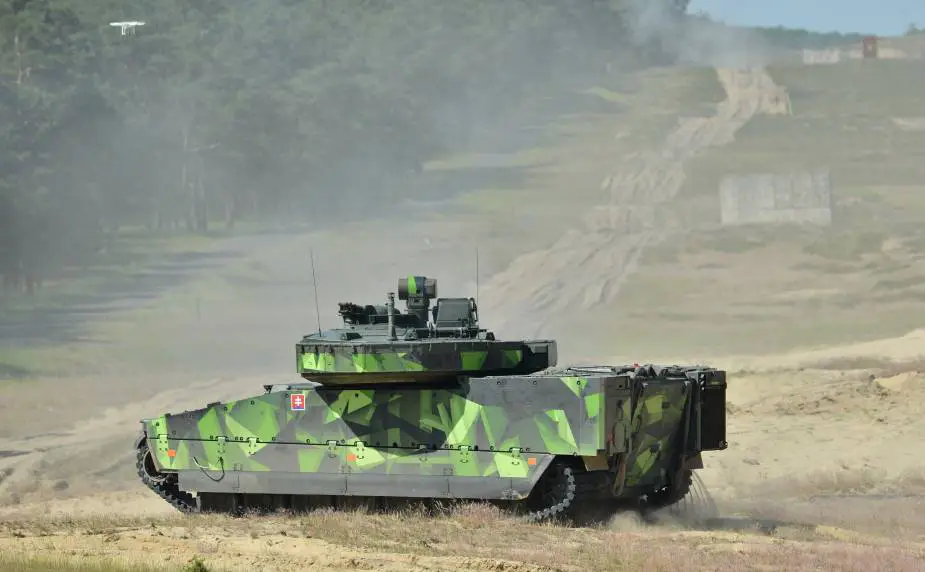Not sure if this is permitted these days but a general question on this article And my question re land 400 phase 3 IFV?
[URL
So 450 vehicles for phase 3 would be approx $6.3 billion. leaving let’s say $15 billion in the budget which ends up being over $500 mil a year in or ….$1.1mil per year per unit in sustainment costs ….. is that realistic? how do they spend a mil + a year on sustainment on a IFV?
So, this is going to sound really condescending, but what do you think an IFV in this construct is?
If your answer is a tracked vehicle with gun that can carry some peeps, that is technically accurate - but wrong. L400-3's role is not to buy 300 - 450 of these cars. It is to buy an IFV capability.
From an acquisition side, you need to buy the vehicles (come back to that), spares, munitions. You need to upgrade facilities. That's facilities at the Battalions, but also the CSSB's, the JLUs, the training grounds - a whole lot. You need to build a training program. The Commonwealth cannot do all of this, we don't have the worker numbers. So you are paying for contractors to help, on the Commonwealth and on the manufacturer's side. So straight up, even if you assume that the $14 m / unit you worked out was correct...there is a bunch of other 'things' that fit into the acquisition side.
Now, pausing before going to sustainment, we need to look at the vehicle. This part you can argue if it is included in your $14 m or not, it's just an indicator on what an 'IFV' is. Anything unique to the IFV will be the responsibility of L400-3 (so, say cannon ammo). But, common items also need to be purchased. These include radios (and you can assume some V/UHF, HF, data for a BMS) and missiles - things that organisations other than L400-3 may buy, but will have to be purchased anyhow.
Which gets onto sustainment. All of those 'things' you have bought need sustainment. The buildings, the radios, the vehicles, the sustainment, the contractors...everything. Some you'll never be able to work out (ie, how much from L400 gets given to the radio peeps to sustain the radios) but it gets back to the first point; the IFV is a capability, not a vehicle. That $500 m / year (lower because we bought all the other stuff) is now distributed over a bunch of areas, and includes buying new munitions and the like. Remember, if a Coy of IFVs is 12 vehicles and each carries 2x Spike NLOS (at ~AU$300 k each based on Google), that's $7.2 m for one shot of missiles...
Finally, the figures in FSP20 are outturned. In the outer years the number is getting bigger - $500 m of sustainment in 2040 is not the same as $500 m of sustainment in 2025. Also, each year is different. Sustainment base costs are usually steady, but they vary to allow for upgrades and major purchases (so, for example, one year may have an additional $150 m to buy more Spike NLOS to allow refurbishment of the live EO stocks).



